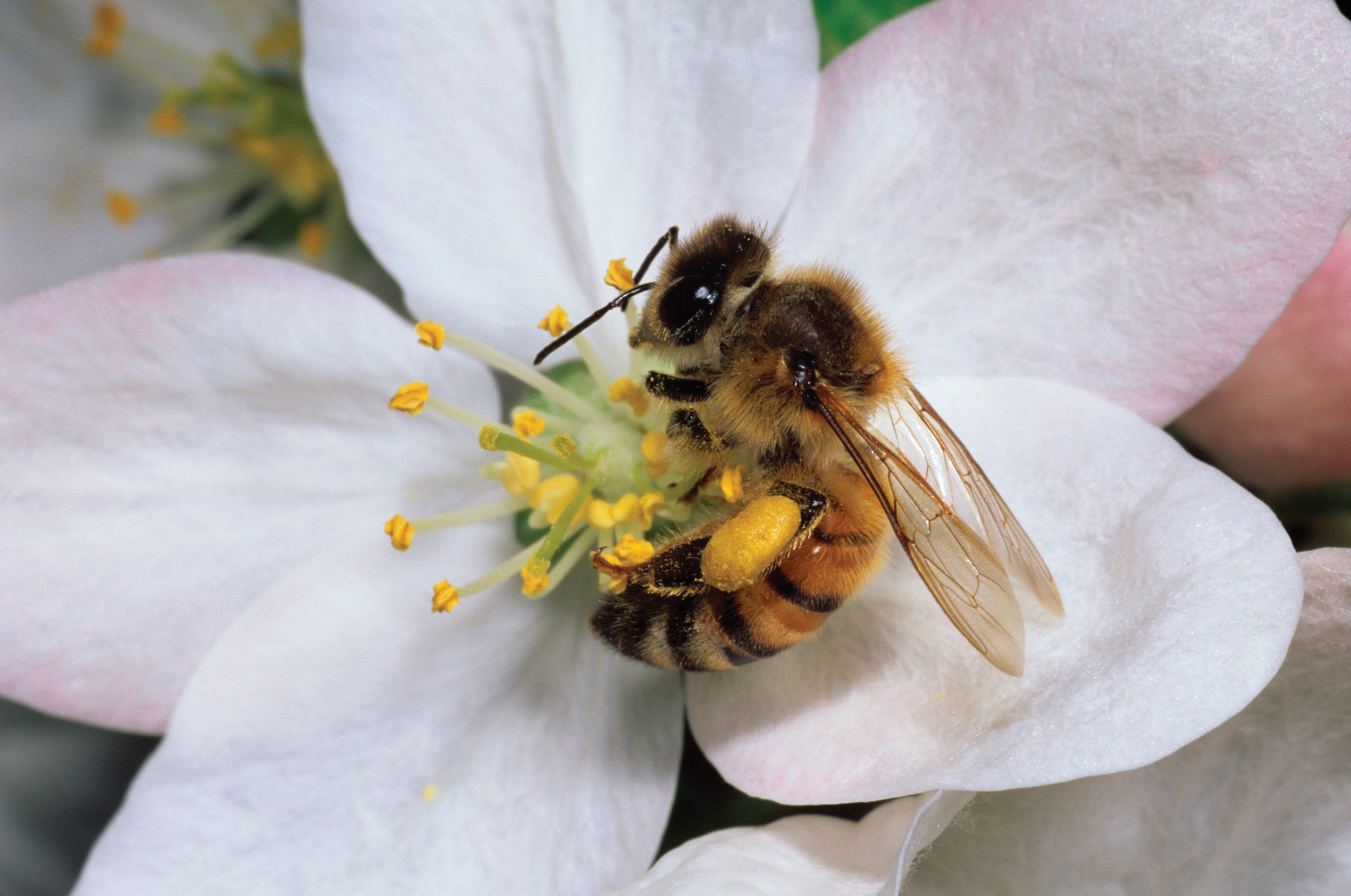1.5 ECOLOGICAL SYSTEMS
Watching a movie, we don’t need a narrator to tell us whether the action is set in a tropical rain forest, the African savanna, or Arctic tundra. The plants in the scene tell us. Plants can be linked closely with environment—palm trees with the tropics, for example, or cacti with the desert—because the environmental distributions of different species reflect the sum of their biological features. Palms cannot tolerate freezing and so are confined to warmer environments; the cactus can store water in its tissues, enabling it to withstand prolonged drought. But the geographic ranges of palms and cacti reflect more than just their physical tolerances. They are also strongly influenced by interactions with other species, including other plants that compete for the limited resources available for growth, animals that feed on them or spread their pollen, and microorganisms that infest their tissues. Ecology is the study of how organisms interact with one another and with their physical environment in nature.
1.5.1 Basic features of anatomy, physiology, and behavior shape ecological systems.
Apple trees, we noted, reproduce sexually. How is this accomplished, given that the trees have no moving parts? The answer is that bees carry pollen from one flower to the next, enabling sperm carried within the pollen grain to fuse with an egg cell protected within the flower (Fig. 1.19). The process is much like the one discussed at the beginning of the chapter in which hummingbirds carry pollen from flower to flower. In both examples, the plants complete their life cycles by exploiting close interactions with animal species. Birds and bees visit flowers, attracted, as we are, by their color and odor. Neither visits flowers with the intent to pollinate; they come in expectation of a meal. As the birds and bees nestle into flowers to collect nutritious nectar, pollen rubs off on their bodies.

But if animals help apples to fertilize their eggs, how do apple trees disperse from one site to another? Again, the plants rely on animals—the apple’s flesh attracts animals that eat the fruit, seeds and all, and spread the seeds through defecation. Humans tend to be finicky—we carefully eat only the sweet outer flesh, discarding the seedy core. Nonetheless, even as humans have selected apples for their quality of fruit, we have dispersed apple trees far beyond their natural range.

The many ways that organisms interact in nature reflect their basic functional requirements. If a plant is to grow and reproduce, for example, it must have access to light, carbon dioxide, water, and basic nutrients. All plants have these requirements, so one plant’s success in gathering nutrients may mean that fewer nutrients are available for its neighbor—the plants may compete for limited resources needed for growth (Fig. 1.20a). Animals in the same area require organic molecules for nutrition, and some of them may eat the plant’s leaves or bark (Fig. 1.20b). Predation also benefits some organisms at the expense of others. In combination, the physical tolerances of organisms and the ways that organisms interact with one another determine the structure and diversity of communities.
1-17
In short, ecological relationships reflect the biomechanical, physiological, and behavioral traits of organisms in nature. Form and function, in turn, arise from molecular processes within cells, governed by the expression of genes.
1.5.2 Ecological interactions play an important role in evolution.
G. Evelyn Hutchinson, one of the founders of modern ecology, wrote a book called The Ecological Theater and the Evolutionary Play (1965). This wonderful title succinctly captures a key feature of biological relationships. It suggests that ecological communities provide the “stage” on which the “play” of evolution takes place.
For example, plants often compete for resources. As a result, natural selection may favor plants that have more efficient uptake of nutrients or water. If animals eat plants, natural selection may favor animals with greater jaw strength or more efficient extraction of nutrients in the digestive system. In turn, plants that avoid predation by synthesizing toxic compounds in their leaves may gain the upper hand. In each case, interactions between organisms lead to the evolution of particular traits.
To take another example from mammal–plant interactions: Selection for fleshy fruits improved the dispersal of apples because it increased the attractiveness of these seed-bearing structures to hungry mammals. Tiny yeasts make a meal on sugary fruits as well, in the process producing alcohol that deters potential competitors for the food. Already in prehistoric times, humans had learned to harness this physiological capability of yeasts, and for this reason the total abundance and distribution of Vitis vinifera, the wine grape, has increased dramatically through time.
1-18